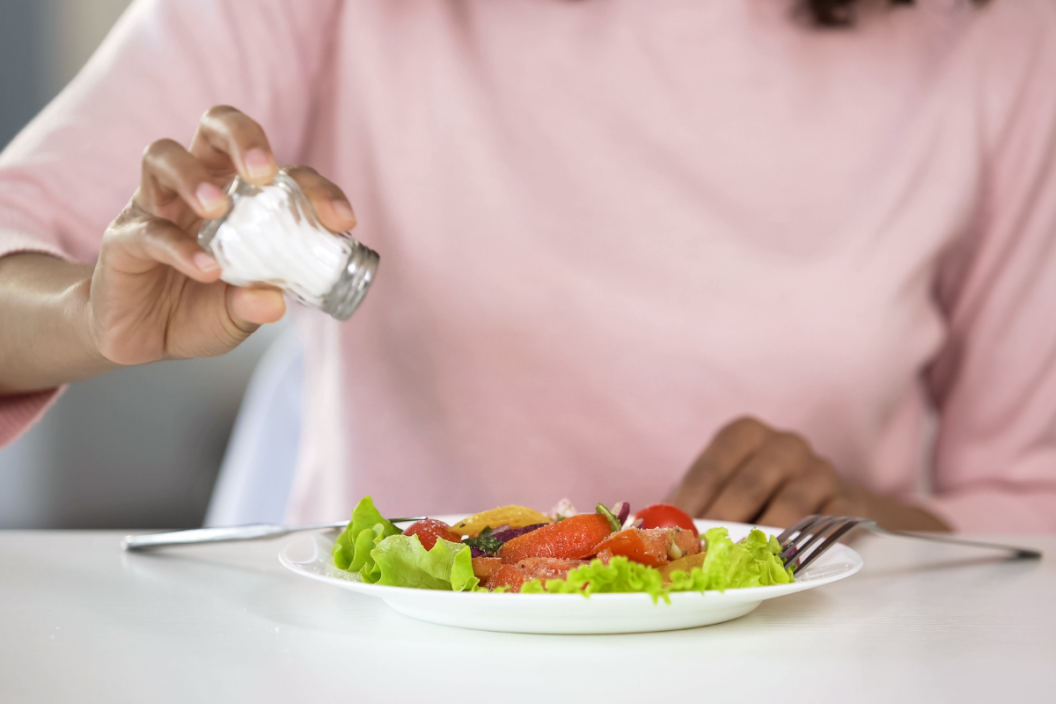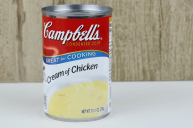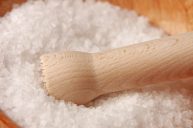It has happened to all of us- you're in the kitchen and the meal you've been preparing for guests is set to go on the table in a few minutes. The doorbell is ringing, guests are arriving, drinks are served, but when you go to test out the dish to make sure the seasonings are on point, all you taste is an overpowering salty flavor. What do you do when wondering how to neutralize salt in food? Throw it all away or serve your over-salted meal that tastes like ocean water?
Videos by Wide Open Country
A good rule of thumb is to season as you go, but we all go a little too far with the extra salt at times. Let's face it, salt is a pretty powerful ingredient and a little goes a long way to bring out the flavor and enhance a dish. Especially if you're in a rush or making a new dish, it's way too easy to pour too much salt on when adding flavor. Plus, salt in moderate amounts is delicious! In fact, part of what makes restaurant food taste so good is the saltiness that a home cook doesn't usually add.
Well, fortunately for home cooks who have made this mistake, the good news is that there are many ways to fix salty food and get the dish back to an acceptable level of saltiness. Don't panic or throw away dinner and call take out. Instead, check out these cooking tips to save your over-salted food.
How to Fix Over-Salted Food
1. Dilute with Unsalted Liquid

Getty Images/kazoka30
This trick works great if you're making a soup, stew, sauce, or braising liquid. Add in any type of unsalted liquid: cold water, unsalted broth, even wine and let it simmer for a few minutes. Start with a small amount of liquid at a time because you don't want to end up losing all the flavor you made. Diluting a salty soup is easy with this trick.
I also like to stick to buying ingredients labeled low-sodium like broth or soy sauce, since they do tend to be super salty. It makes it easier to control the amount of salt taste with low-sodium ingredients too. This is the perfect hack for an oversalted dish.
2. Make More
If you have the ingredients and the time, just make another batch of the recipe (without salt) to even out all the flavors. Once the mixture is combined, re-season with kosher salt or sea salt.
3. Add More Greens

Getty Images/Lecic
For over-salted soups and stews, throw in some greens like kale, spinach, or mustard greens. These veggies cook fast and will absorb some of the salt.
4. Add a Starch
Save your meal by adding in starch to help neutralize the salt in food. Ingredients like uncooked rice, quinoa, barley, pasta, or couscous will soak in the excess salt like a sponge. They're also pretty tasty, too.
5. Toss in a Potato

Getty Images/Grandbrothers
Yep, you read that right- use up those spuds. If you're making a soup, stew, or curry, toss in a few pieces of raw, peeled potatoes and fish them out when your dish is done. The raw potatoes will soak up the excess salt making your too salty main dish edible again, making this potato trick indispensable.
6. Stir in Something Acidic
If your meal tastes like ocean water, adding in an acidic ingredient will help cut that flavor. Think white vinegar, tomato sauce, apple cider vinegar, lemon juice, lime juice or mustard. Make sure to only add a little at a time because you don't want your dish to turn out too sour and salty.
7. Rinse Under Water
If you were a little too generous with the salt shaker on something like steak, pork, ribs, or chicken, there's nothing wrong with rinsing off the meat under cold water.
This also works for over-salted steamed vegetables or meats that have been sitting in brining liquid. No harm in starting over, right?
8. Add in Something Sweet

Getty Images/Avtor
A little sugar, brown sugar, maple syrup or honey can sometimes do the trick. The sweetness will cut down in the salty taste. Just remember that a little goes a long way, so just a pinch of sugar should work when figuring out how to neutralize salt in food.
9. Add Dairy or Another Creamy Component

Getty Images/vaaseenaa
Milk, heavy cream, sour cream, coconut milk, almond milk, and plain yogurt are creamy and rich which helps balance the strong flavor of excess salt. Add in a few tablespoons to your next dish.




